 Back to the Be Inspired Blog
Back to the Be Inspired Blog
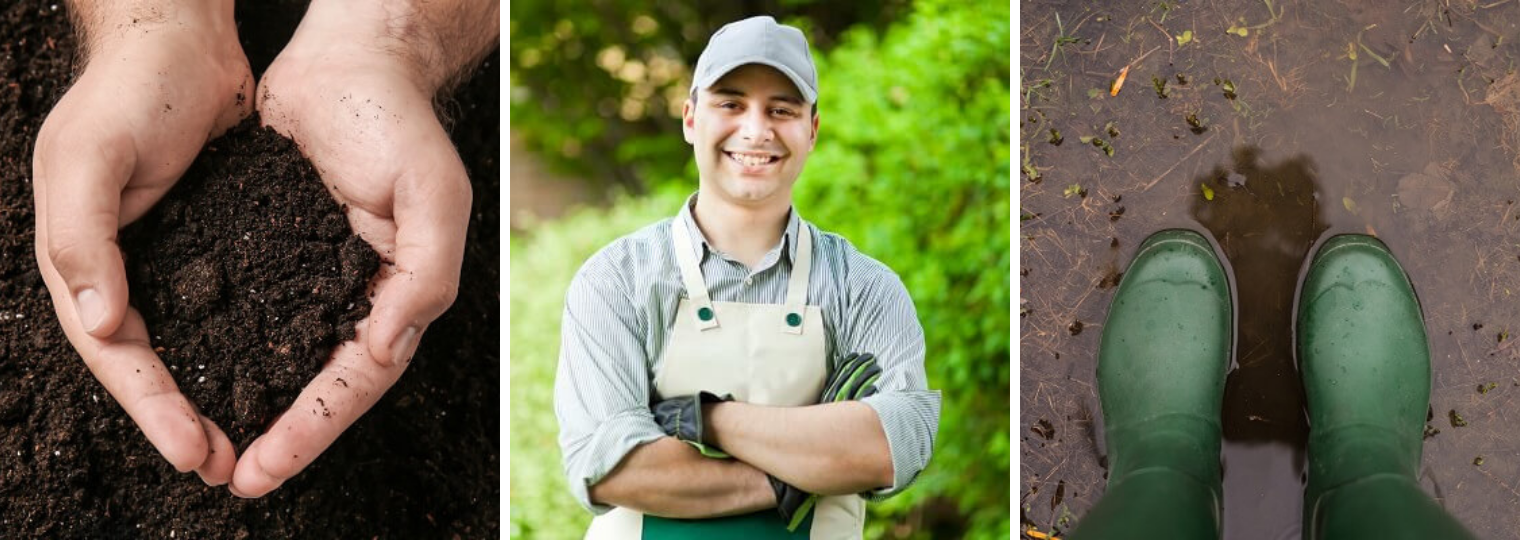
Know Your Dirt: What’s In Your Home Garden And What Does It Need?
As much as we may wish it sometimes, there’s more to planting a home garden than just digging some holes in the ground and hoping for the best. Many home yards have soil that is less than ideal for growing your favorite collection of flowers and produce. Fortunately, the most common problems are easy to both identify and fix before we get to the spring planting season. Are you ready to get your hands dirty?
What Kind Of Soil Does Your Home Garden Currently Have?
Whether this is your first rodeo or you’re a seasoned gardener, it’s a good idea to evaluate the soil in the area you plan to grow. Half of what makes for healthy soil isn’t even what most people would consider dirt: air and water. Another five percent should be organic materials like decaying plants and live organisms. The remainder is mineral particles of varying sizes including sand, silt and clay.
Having all of these elements in even balance with each other will make your home garden fertile ground suitable for growing plants of all shapes and sizes – but how can you tell? The sustainable living experts at EarthEasy have five simple steps to get your dirt on the right track.
Do A Soil Sample Of Your Home Garden
Choose at least one spot in the area in which you plan to garden. You may wish to test multiple areas, as soil makeup can vary widely even within a single plot. Remove plants and debris from the surface and use a trowel to dig a hole 6 to 8 inches deep.
Scrape around the edges of your new hole until you have enough to fill a quart-size mason jar four inches deep. Fill the remainder of the jar with water and shake it vigorously before setting it aside to settle for 24 hours.
What Will You Learn?
After 24 hours your soil will have settled into its distinct layers with sand on the bottom, followed by silt, clay and organic matter with any undecomposed matter floating at the top.
The layers in an ideal sample would measure like this: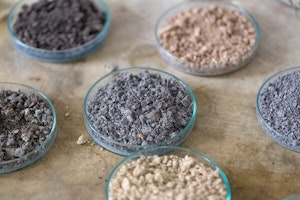
- 45 percent sand
- 25 percent silt
- 25 percent clay
- 5 percent organic material
If the sand layer makes up 60 percent or more of your mineral content, you may struggle to keep your home garden adequately watered and nourished. Add more organic material such as compost or manure for a quick remedy.
On the other hand, if sand is 40 percent or less of your mineral content, roots may suffocate or struggle to spread and expand through the soil. Adding more organic material is again the solution, but be sure to mix it with your existing soil instead of dumping it directly into a planting hole. If the density of the soil a plant is growing in differs too much from the soil surrounding it, the roots may not spread, which will keep the plant from becoming established.
Test The Soil Compaction In Your Home Garden
Hold a two-foot length of straight metal wire (like a landscaping flag or straightened coat hanger) vertically over the untilled soil you plan to grow in. Press it slowly but firmly into the earth until the wire bends or stops, and then measure the depth.
What Will You Learn?
If your garden has a foot or more of penetrable soil, new roots will be able to explore and expand with ease. Overly dense or compacted soil may have a high clay content (see the soil test above) and prevent roots from spreading.
Other causes of compaction include heavy foot traffic or driving machinery over the area. Tilling can help soften hard ground, but aerating amendments such as compost or peat offer a longer-term solution.
Test The Drainage In Your Home Garden
Dig a roughly 1-foot cubic hole in your planned or existing home garden area and fill it completely with water. Once it has drained entirely, fill it again and start a timer to track how much time passes before the hole is empty again. Check the hole every 30 minutes until there is no more standing water.
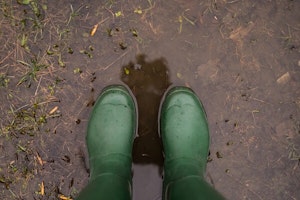
What Will You Learn?
If the second draining took significantly less than two hours, your soil drains too quickly. Thirsty plants will suffer without very frequent watering, which is impractical if you live in a drought-affected area. Adding organic material can improve water retention, but you can also choose plants that require dryer conditions.
If any water remains after six hours, your soil drains too slowly. Again, adding organic material can improve the situation by giving loft to the soil. Switching to raised beds is also a good option, especially if your land suffers from chronically poor drainage.
Count The Living Organisms In Your Home Garden
Who lives in your home garden? If you can stomach a few bugs, dig up a spade or two of dirt from different areas of your planned growing area and get a close-up look at who’s home. Count the visible inhabitants, and note the number of earthworms as well as total insect population.
What Will You Learn?
A healthy patch of soil has an average of five or more earthworms per shovel. Any fewer and your soil needs nourishment. You should also be able to spot at least a half dozen other bugs. Millipedes, beetles and ants are all good indicators of a thriving ecosystem where beneficial microorganisms can flourish.
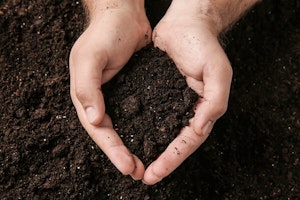
Measure The Overall “Tilth” Of Soil In Your Home Garden
A soil’s “tilth” is like an overall summary of its agricultural properties. Combining the properties of composition, moisture, aeration and drainage, tilth is the final exam of whether your home garden is prepared for planting success.
To test tilth, pick up a handful of soil and hold it in your palm. If you compress it between two cupped hands, does it hold its shape when released? If you poke it with a finger, does it crack apart easily?
What Will You Learn?
If your soil will not easily compress into a smooth lump, it is probably too dry, sandy, or barren of healthy bacteria.If it holds together too persistently when poked, it is likely to be too wet, dense, or clay-heavy.
Want to Dive Deeper Into Your Home Garden?
These five tests are a great and inexpensive starting point, but if you want to get deeper into the science of your home garden’s make-up there are tests you can purchase. These soil kits will measure the pH, nitrogen, phosphorous and potassium levels in your dirt which can help you fertilize more effectively and economically. Depending on the results, you may want to customize your plan of action with one of these common combinations of organic material from your garden supply store.
Compost
Compost is typically well-balanced and contains a good blend of all nutrients. High quality compost should smell earthy and be a rich, dark brown. It’s always ideal to make your own compost to ensure it is balanced and well-rotted, but you can find good quality commercial composts.
Mushroom Soil/Compost
Mushroom soil is high in organic material but has low nutrient levels. However, the nutrients are slowly released over time to they are constantly available. As a byproduct of mushroom production, this combination frequently contains ingredients like horse manure and shredded corn cobs.
Sphagnum Peat Moss
Peat moss is very low in all nutrient levels. It is helpful in loosening compact soils and is weed-free. This is a great amendment for plants which thrive in high-acid environments such as evergreens.
Leaf Mold/Humus
Leaf mold and humus have moderate but balanced nutrient levels, and also contain many minor nutrients. This material is made up mostly of collected leaves, and is good for increasing water-holding capacity.
Manures
The nutrient content of manure is variable, but generally very high in all nutrients. The type of bedding used with the animal can also affect the nutrient content. All manures are not created equal. Horse and cow manures are more mild, while chicken and sheep are highly concentrated. Manures 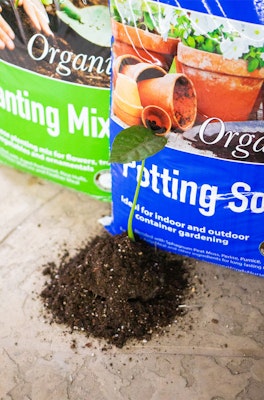 contain many weed seeds and should be composted for at least 90 days before use.
contain many weed seeds and should be composted for at least 90 days before use.
SummerWinds Nursery also keeps on hand two blends that have been perfectly customized for the South Bay Area, no matter if you are planting in the ground or in raised beds and other containers. The mixtures are 100% natural and organic, and have the seal of approval from the California Department of Food and Agriculture.
Contact SummerWinds For A Custom Home Garden Evaluation
Want some first-hand advice from the experts? We have professional gardeners on staff who have seen it all. Contact us for an appointment with one of our garden coaches today. We’ll send someone out to your home to evaluate the best practices for your unique home environment including:
- Identification and care recommendations for existing plants
- Pest and disease identification with treatment suggestions
- Techniques for maintenance and pruning
- Recommendations for new plantings—including those that are water-wise and/or attract our flying friends (Bees, Butterflies and Birds)
- Ideas for garden possibilities

